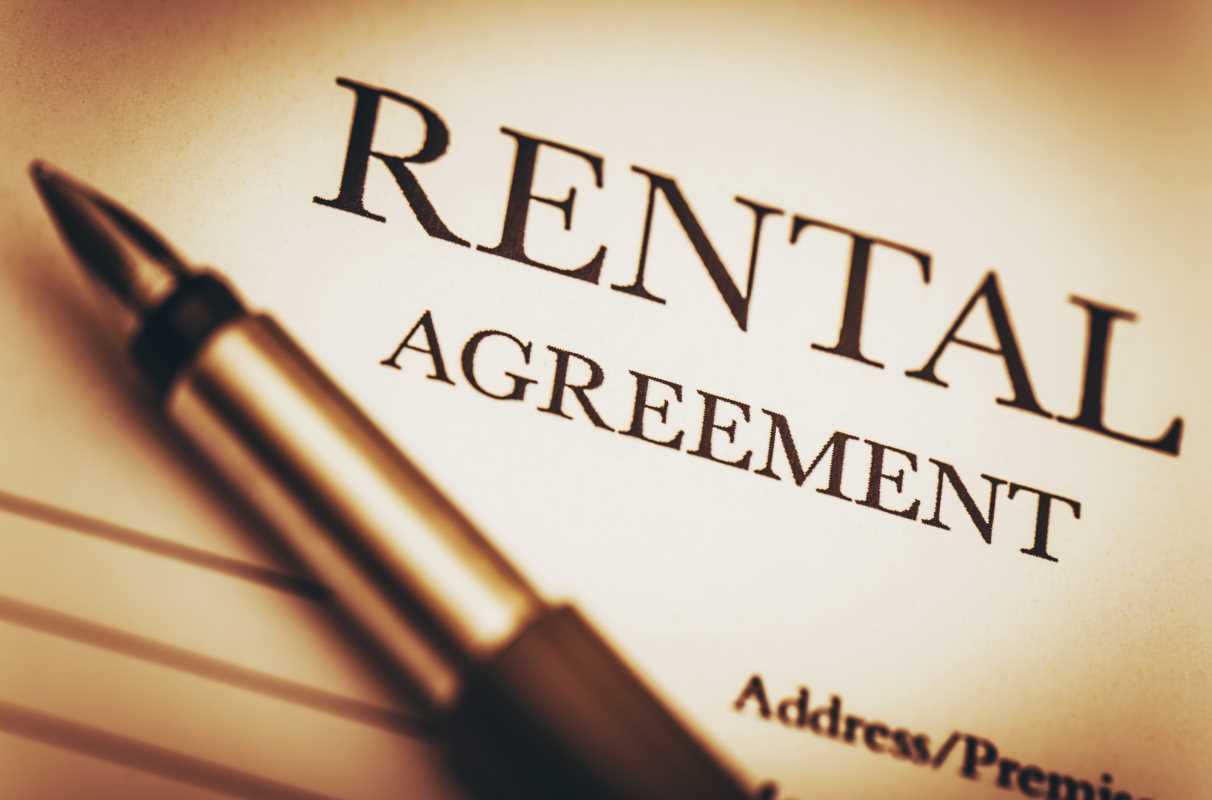Balancing finances as a creative freelancer can seem overwhelming, especially when income varies from one month to the next. One month might bring a wave of exciting projects, while the next could feel decidedly quiet. Managing expenses, preparing for leaner periods, and setting aside money for taxes often creates unwanted stress. Five reliable approaches can simplify the process and bring clarity to your financial planning, no matter how unpredictable your work schedule becomes. Practical tips, straightforward examples, and simple techniques will guide you in managing your money efficiently, allowing you to dedicate more energy to your creative work instead of worrying about the numbers.
Each method below tackles common pain points like irregular paychecks, surprise costs, and the urge to splurge when the cash flows. Read on to discover budgeting styles that fit your creative hustle, complete with tips to set them up and pointers on tools that ease the process.
Method 1: Zero-Based Budgeting
This method assigns every dollar a job, from rent and groceries to savings and “fun.” You start by listing all income and then matching each dollar to an expense or goal. It’s ideal for freelancers who want tight control over every cent.
When you pair this approach with tools like QuickBooks or a simple spreadsheet, you avoid guesswork. You’ll spot where your money goes and can adjust if you overspend in one area.
Follow these steps to set up your zero-based plan:
- Calculate your monthly income estimate based on past three months.
- List fixed expenses (rent, utilities, software subscriptions).
- Allocate funds for variable costs (supplies, travel, marketing).
- Designate amounts for savings goals (emergency fund, tax set-aside).
- Assign a “fun” or reinvestment bucket for new equipment or celebrations.
- Review weekly and shift dollars if one category runs low.
Start small if this feels overwhelming. Even assigning funds for essentials and taxes first can clear your mind. You might discover you’ve been underestimating supply costs or overestimating your fun spending.
Creating a zero-based budget for freelancers with unpredictable income becomes a practical way to make you more confident about your spending choices and prevents that panic when bills arrive.
Method 2: The Envelope System
This low-tech style helps you curb overspending by using separate envelopes (or digital equivalents) for categories. You fill each envelope with cash or set aside money in a savings jar. When the envelope’s empty, you pause spending in that area.
This method works well if you struggle to track purchases electronically or if you tend to overspend without a tangible limit. It also keeps you honest about discretionary buys like coffee runs or new fonts.
- Label each envelope: rent, utilities, supplies, taxes, fun, etc.
- At the start of the period, allocate exact amounts into each envelope.
- Spend only from the appropriate envelope when costs arise.
- Record each purchase to spot patterns and adjust next month’s allotments.
- If an envelope runs dry, move funds around or hold off on that spending category.
Digital tools like the envelope feature in some banking apps or a simple set of sub-accounts in PayPal mirror this approach. Watching physical envelopes shrink can feel more real than a changing balance on a screen.
Over time, you’ll see which categories need bigger buffers and which ones safely shrink. That insight helps you dodge surprises and stay on top of your freelance flow.
Method 3: Automated Savings Rules
Automatic transfers help you build savings without thinking. You set rules so that every time you deposit income, the bank moves a set percentage into a different account. This way, you save for taxes, emergencies, or future projects before you even see the money.
For example, you could program your account to shift 20% of each payment into a “tax fund” and 10% into an “emergency stash.” The key is to automate right after each deposit so you don’t accidentally spend what you need to save.
Here’s how to get started:
- Open separate accounts for taxes, emergency fund, and retirement.
- Choose percentages that match your income volatility and goals.
- Set up automatic transfers on paydays or weekly intervals.
- Review transfer amounts quarterly and adjust as income varies.
- Maintain a small buffer in your main checking account to cover monthly bills.
This approach helps you avoid the scramble to find tax money when April arrives and builds a cushion that keeps you calm during slow months.
Using this method along with a basic budget spreadsheet or app ensures you reach your targets without costly fees or manual errors. You’ll hardly notice the money leaving, and soon enough, you’ll have a solid reserve.
Method 4: Project-Based Budgeting
Freelancers often manage multiple gigs with different scopes and pay rates. Project-based budgeting breaks down income and expenses by each job. You treat each project like a small business with its own budget, timeline, and profit goal.
This approach works well if you notice some gigs take up too much time without enough reward. By isolating each project’s numbers, you can decide which clients deserve more focus and which ones to pass on.
- Estimate each project’s total revenue based on scope and rates.
- Outline direct costs: materials, subcontractors, travel.
- Subtract these costs to find the project’s gross profit.
- Assign a portion of overhead (software, workspace) to the project.
- Evaluate net profit; aim for a percentage that sustains your business.
- Compare results across projects to improve your pricing and focus.
If you find a project barely covers your time, raise your rate or stop that type of work. Conversely, high-margin gigs should get more of your attention. This method clarifies which tasks help you reach your income goals.
Tracking each project in a dedicated sheet or using a freelance management app helps you compare months, identify trends, and adjust your offerings accordingly.
Method 5: Hybrid Budgeting Approach
One method doesn’t fit every situation, so many freelancers combine two or more. You could use zero-based budgeting for essentials, envelopes for small-variable costs, and automated transfers for savings. Mixing approaches allows you to adapt your system to personal quirks and changing income.
For example, you might start with zero-based planning for core expenses, add the envelope system for coffee and entertainment, then apply automation for tax savings. This layered approach covers all bases and keeps each category clear.
Here are some ideas for combining elements:
- Zero-based core, envelopes for fun, and automated tax savings.
- Envelopes for monthly bills, project budgets for client work, and auto-saves for emergencies.
- Split your income: part in an envelope account for variable costs, part auto-shifts to savings, part stays in checking.
Mixing methods helps you avoid the limitations of any single style. You’ll gain control, flexibility, and peace of mind knowing each dollar has a purpose.
As your income pattern shifts, you can adjust which elements get more focus. The hybrid model scales with you, so you never feel confined by a rigid system.
These five methods provide a solid starting point for finding the right budgeting approach. Experiment with one or more to make your finances as flexible as your work.







